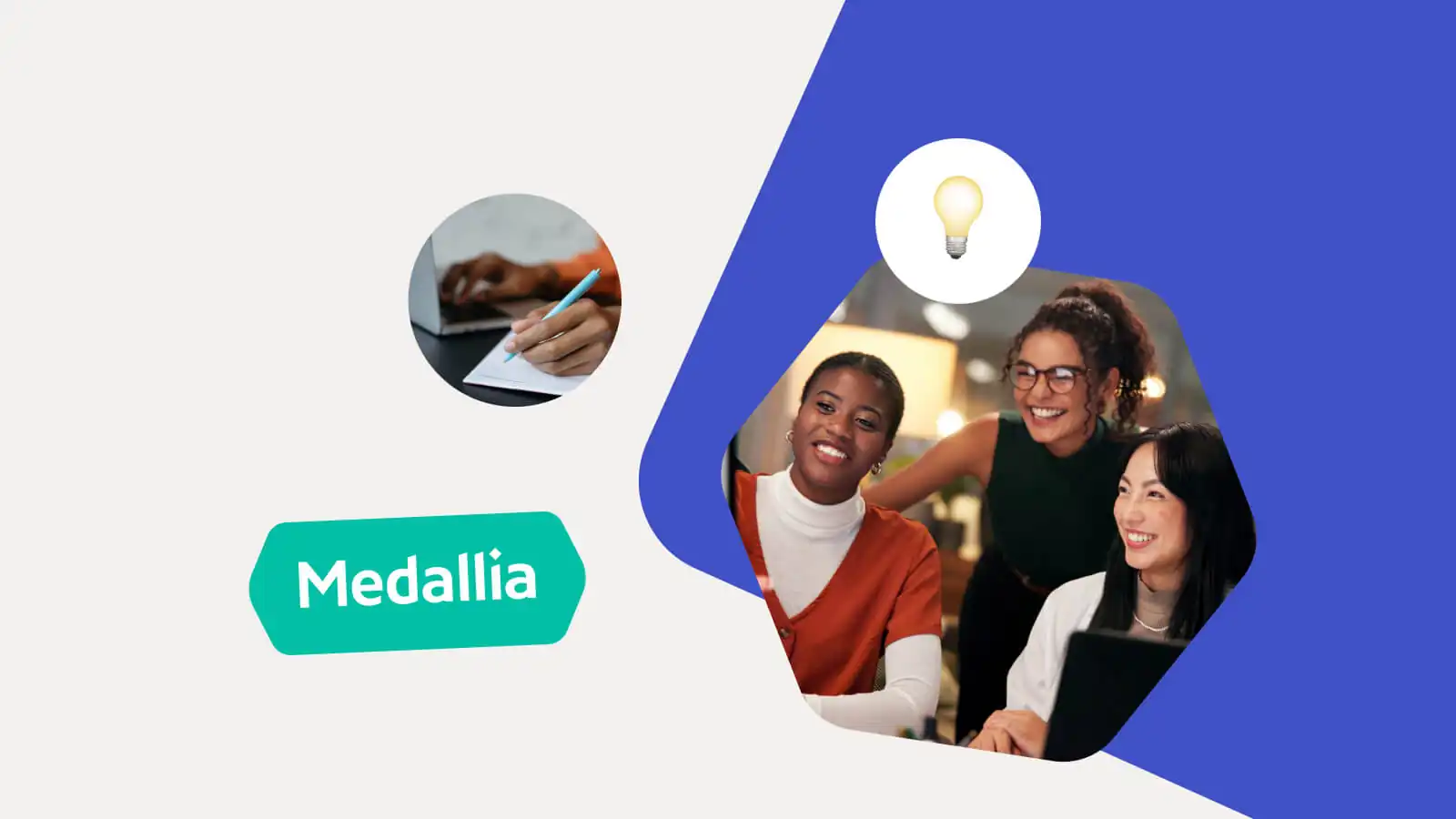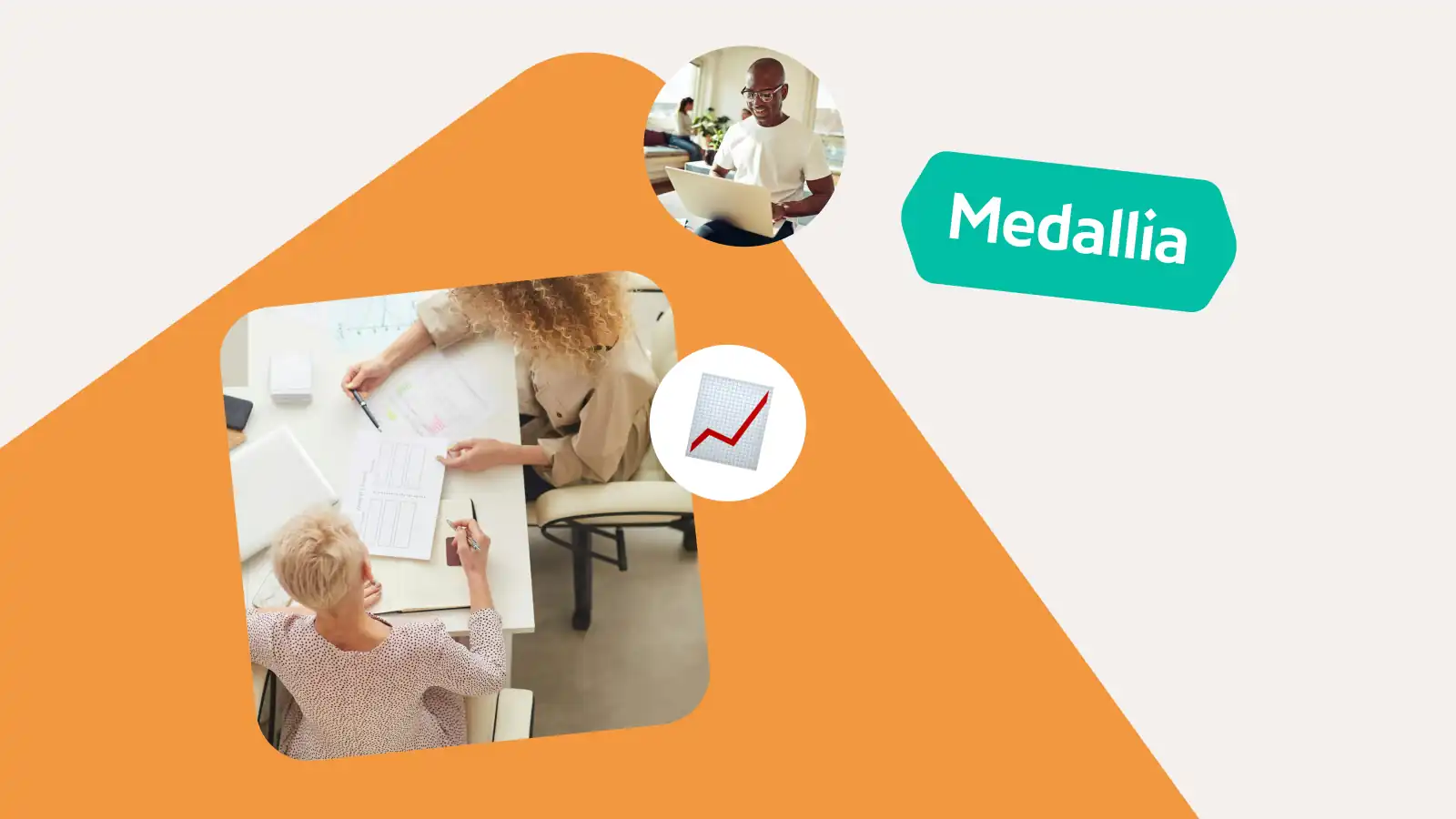6 Steps to Improve an Employee Listening Strategy
September 20, 2022
Employee Experience
Eager to improve employee listening to be more continuous but often struggle with the tactical steps? Here we share how to make impactful changes to your strategy.
Companies frequently ask, “How do I improve my employee listening program?” If you take a look around, most companies are already running an engagement survey and some traditional lifecycle moments surveys. But they’re missing something, and that’s because they don’t have their finger on the pulse of employee sentiment.
Here are the steps to improve your employee listening strategy and focus on continuous listening.
Achieve Continous Employee Listening: 6 Steps to Take
#1. Start with a business problem to solve
This is critical not only for creating a program that delivers business value instead of just running what is perceived to be an HR survey, but also to motivate managers to take action. We often find when the company’s experience managers do not take action, it is partly because managers do not see how action as a result of survey feedback will positively impact their business problems.
#2. Enlist champions within the business
When you are helping to solve a business problem for an executive, they are excited to be a champion for the program. They want the program to succeed and are willing to encourage their organizations to take action to solve the business problem.
For example, a bank with higher-than-average banker turnover implemented an always-on listening program to get real-time feedback and ideas from bankers. By empowering these bankers to improve the environment in which they work, and taking quick action on their feedback, the Head of Retail Banking reduced turnover below industry average. Similarly, a restaurant chain empowered employees to provide feedback about limited-time offers (LTOs). They could not understand why the latest LTO was not selling. Employees were asked about it in an anytime survey, and it was revealed that customers could not comment on a product they did not buy. These leaders learned not only the cause but also potential solutions.
#3. Create a very simple, short survey aligned with the business problem
By short, we mean no more than 3-5 questions. While close-ended questions can be helpful, they only cover a small set of the universe of topics employees need to tell us about. Prompt employees with a question to get them thinking and responding, then allow them to tell you what is of concern for them.
#4. Ensure that real-time reporting goes to all managers and employees
Too often we see that reporting only goes to HR and to executives. To get to solutions and action, reporting needs to go in real time to managers and employees. Solving employee experience (EX) problems begins by sharing feedback and ideas from employees, with local teams empowering them to problem solve just like they do in any other area of their work.
#5. Empower all managers and employees to take immediate action
Instead of requiring managers to write up an action plan, engage both managers and employees in taking action right away where they can and escalating where they cannot.
#6. Integrate the listening, insights, and action process into existing business routines
For continuous listening to live on and not die out quickly, it needs to be integrated into existing meetings, communications, huddles, planning sessions, etc. When listening is separate from the normal business routines, it is often forgotten. Integrating the process with existing processes keeps listening top of mind and becomes part of how business gets done.
For example, integrate opportunities for listening into places that employees already go to daily, such as the company’s intranet. Include insights in existing financial, sales, or other regularly planned executive meetings. Bring action into regular huddles, staff meetings, or other places where problem-solving and quick decisions are happening.
Several clients with Medallia have successfully progressed to continuous listening by following these steps and have enjoyed an increase in action-taking, retention, and employee empowerment.
Continuous employee listening is the foundation of successful employee experience. Curious where to start? Build your EX program with step-by-step instructions from leaders who’ve done it before: Expert Insights: The Ultimate Guide to Building an Employee Experience Program.










